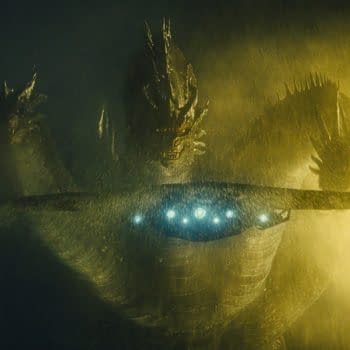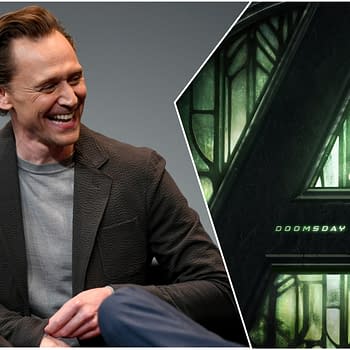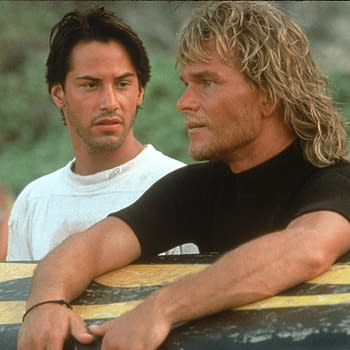Posted in: Movies, Review | Tagged: film, horror, movie, ouija, Ouija: Origin of Evil, Review
Ouija: Origin of Evil Review: A Nicely Done Shocker
One thing we rarely expect to find when dealing with sequels and prequels to below-average horror films is that they're an improvement over the original. Generally the best that can be hoped for is that it's at least on par with whatever came before. Ouija: Origin of Evil is one of those rare unicorns that born from a truly horrible original film returns as really solid second installment. It's a crisply made period piece (set in 1967 Los Angeles) where newly widowed Alice Zander (played by The Good Wife actress Elizabeth Reaser) is running a seance-con on locals wanting to get in touch with their long lost loved ones. Helped by her daughters Lina (played by Annalise Basso) and Doris (played by the 11 -year old Lulu Wilson) either hidden under furniture to make it go bump, or as another participant at the table, they have an effective gig going.
Looking to expand their offerings, Lina suggests that they bring a Ouija board into the mix. They try practicing with the new board to work out how to add it to their performances and Doris takes to it almost immediately. We kind of know that it'll come to no good, especially as she starts suggesting that she's made contact with her father. Of course it's not her father and instead starts quickly moving into the girl and young Wilson gives a great performance that would give the "girl in front of fire" meme a run for it's money. The evil spirit starts being highly ungentle in it's possession of her and she starts to turn on those around her.
Older sister Lina is solid as a girl wanting her independence from both her mother and younger sister, but also knows that without her dad in the picture she has to step up and try to help the family along.
The general theme of the film is hardly original, and most of the plot points have all been liberally lifted from any number of other child possessions / family being torn apart by fear, desperation, and the fracturing of faith. But something about the setting, the performances, and the sharp direction by Mike Flanagan (who is largely known for his horror outings, including Absentia and Oculus) lifts the experience from a patchwork story to a respectable evening of horror. While it follows many familiar elements (the handsome priest from the Catholic school, the attempt of an exorcism that doesn't really go the way that's intended, and Doris exhibiting unnatural physical abilities), it uses them in just the right ways to have it not feel too contrived. The family and the surrounding characters wind up being far more out for themselves, and no-one is going to be escaping unscathed in this one.
The last act gets a bit wordy as Flanagan tries to tie up his mythology and explain it to the viewer. He might have been a bit too thorough as it winds up disrupting the flow even as the tension has hit a fever pitch. But it must be said that the ending in this one can't be called a cop-out or an easy-out by any stretch of the imagination. Wilson's performance will be long remembered, and the film will be used as a benchmark for critics for years as an example showing that sequels to bad films need not themselves be bad (or worse).





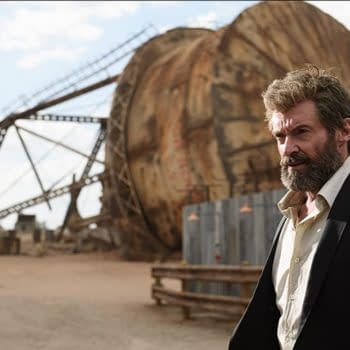
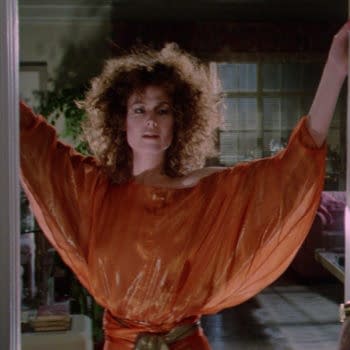
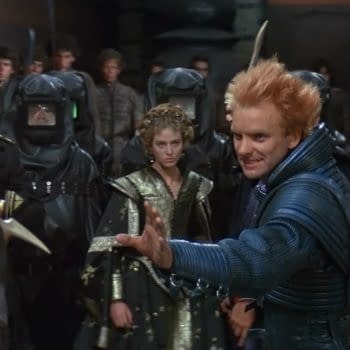
!['Rocketman' Soars With Warts and All Elton John Story [Review]](https://mlpnk72yciwc.i.optimole.com/cqhiHLc.IIZS~2ef73/w:350/h:350/q:75/rt:fill/g:ce/https://bleedingcool.com/wp-content/uploads/2019/01/rocketman.3-350x350.jpg)
